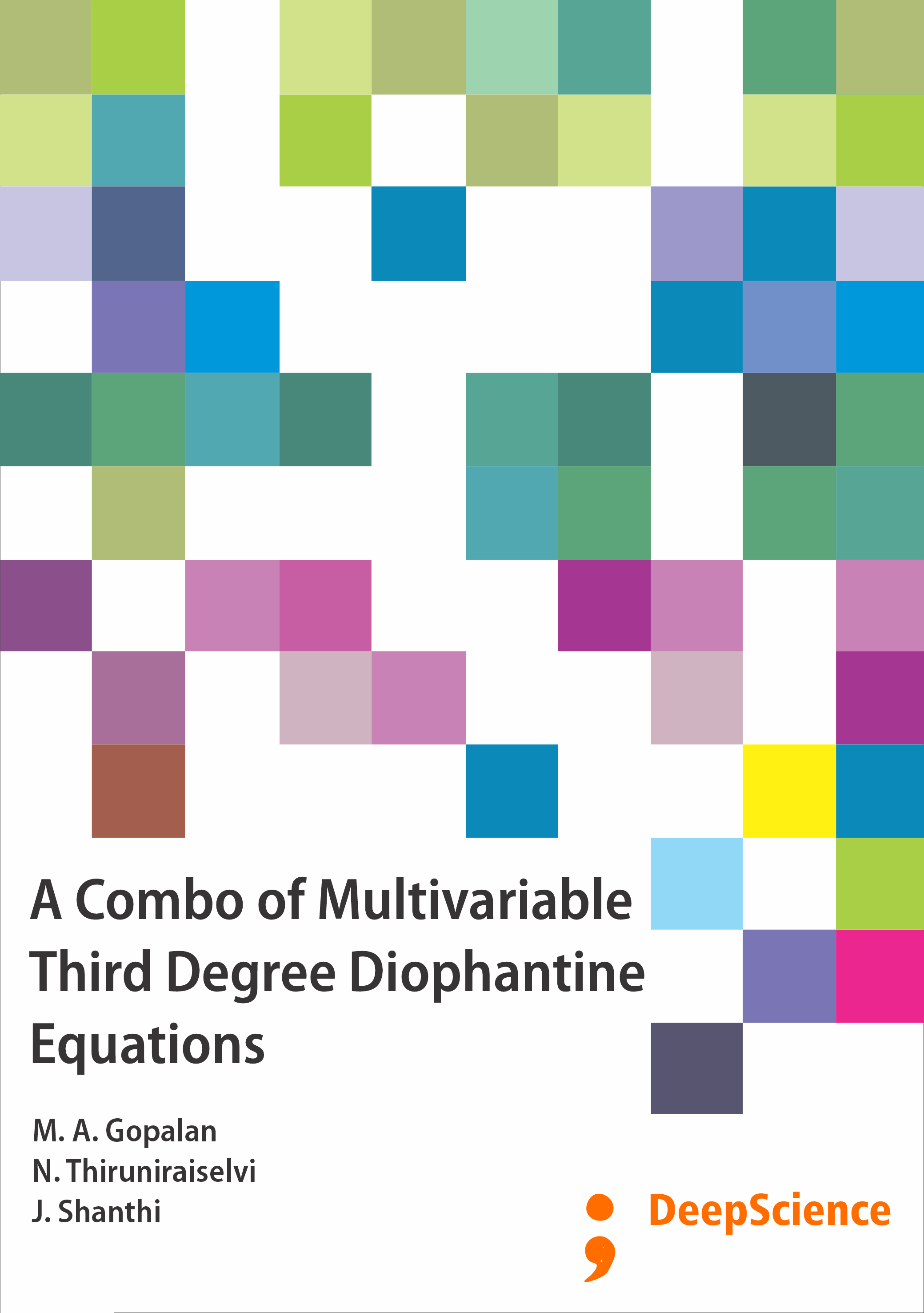A Combo of Multivariable Third Degree Diophantine Equations
Keywords:
Cubic Diophantine equations, Integer solutions, Ternary equations, Quaternary equations, Homogeneous equations, Pell equations, Factorization methods, Number theorySynopsis
A significant and important subject area of Theory of Numbers is the theory of Diophantine equations which concentrates on attempting to determine solutions in integers for higher degree and many parameters indeterminate equations. Obviously, polynomial Diophantine equations are many due to definition. Especially, the third degree Diophantine equation in two parameters falls into the theory of elliptic curves which is a developed theory. There are numerous motivating cubic equations with multiple variables which have kindled the interest among Mathematicians. For example, the representation of integers by binary cubic forms is known very little.
In this context, for simplicity and brevity, refer various forms of equations of degree three having many variables in [Carmichael.,1959, Dickson.,1952, Mordell.,1969, Gopalan et.al., 2015a, Gopalan et.al., 2015b, Premalatha, Gopalan et., 2020, Premalatha et.al., 2021, Shanthi, Gopalan.,2023, Thiruniraiselvi, Gopalan.,2021, Thiruniraiselvi, Gopalan., 2024a, Thiruniraiselvi, Gopalan., 2024b, Thiruniraiselvi et.al., 2024 Vidhyalakshmi, Gopalan., 2022a, Vidhyalakshmi, Gopalan., 2022b, Vidhyalakshmi, Gopalan., 2022c].
The focus in this book is on solving multivariable third degree Diophantine equations. These types of equations are significant since they concentrate on obtaining solutions in integers which satisfy the considered algebraic equations. These solutions play a vital role in different area of mathematics & science and help us in understanding the significance of number patterns.
This book contains a reasonable collection of cubic Diophantine equations with three, four, five and six unknowns. The procedure in obtaining varieties of solutions in integers for the polynomial Diophantine equations of degree three with three , four, five and six unknowns considered in this book are illustrated in an elegant manner.












